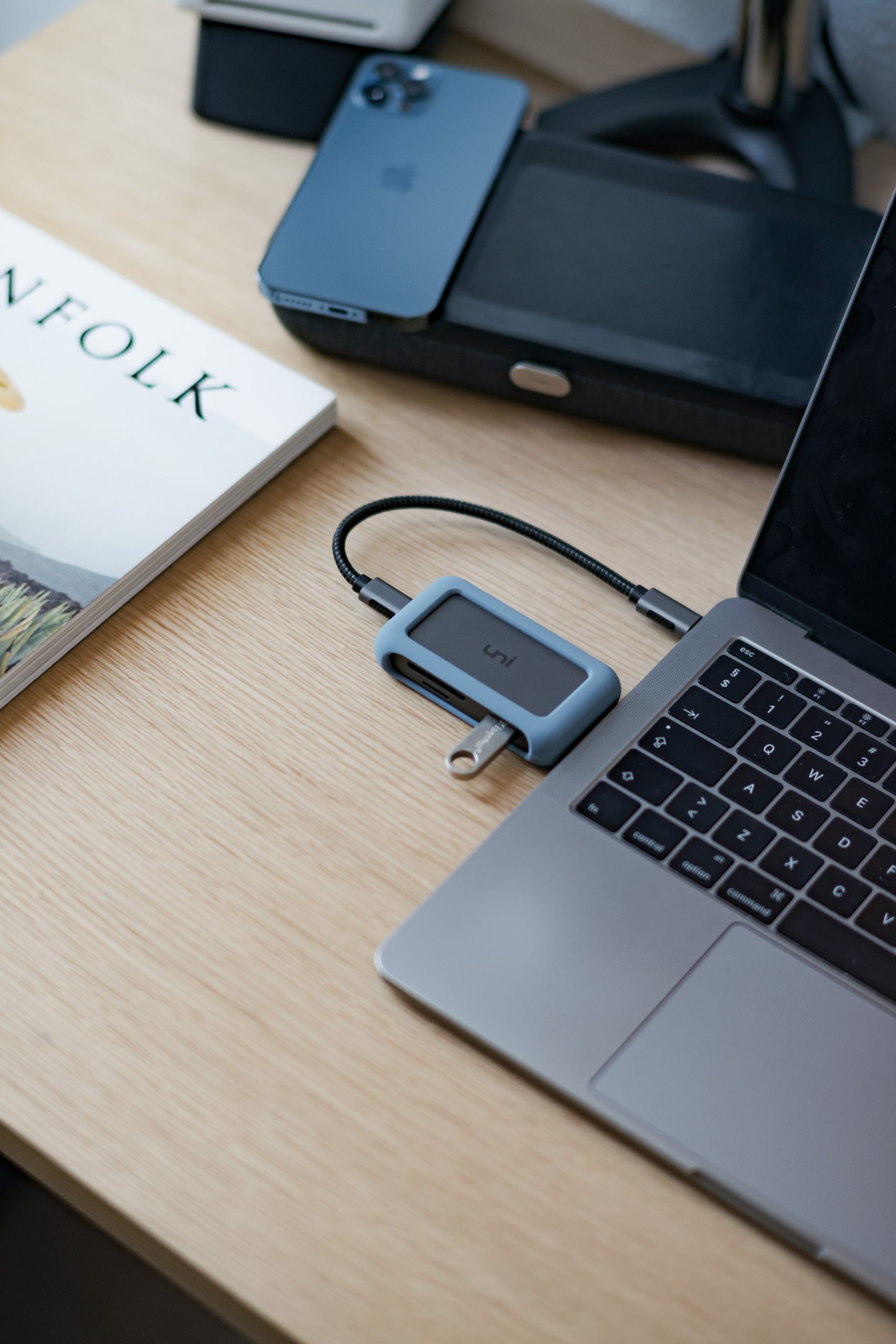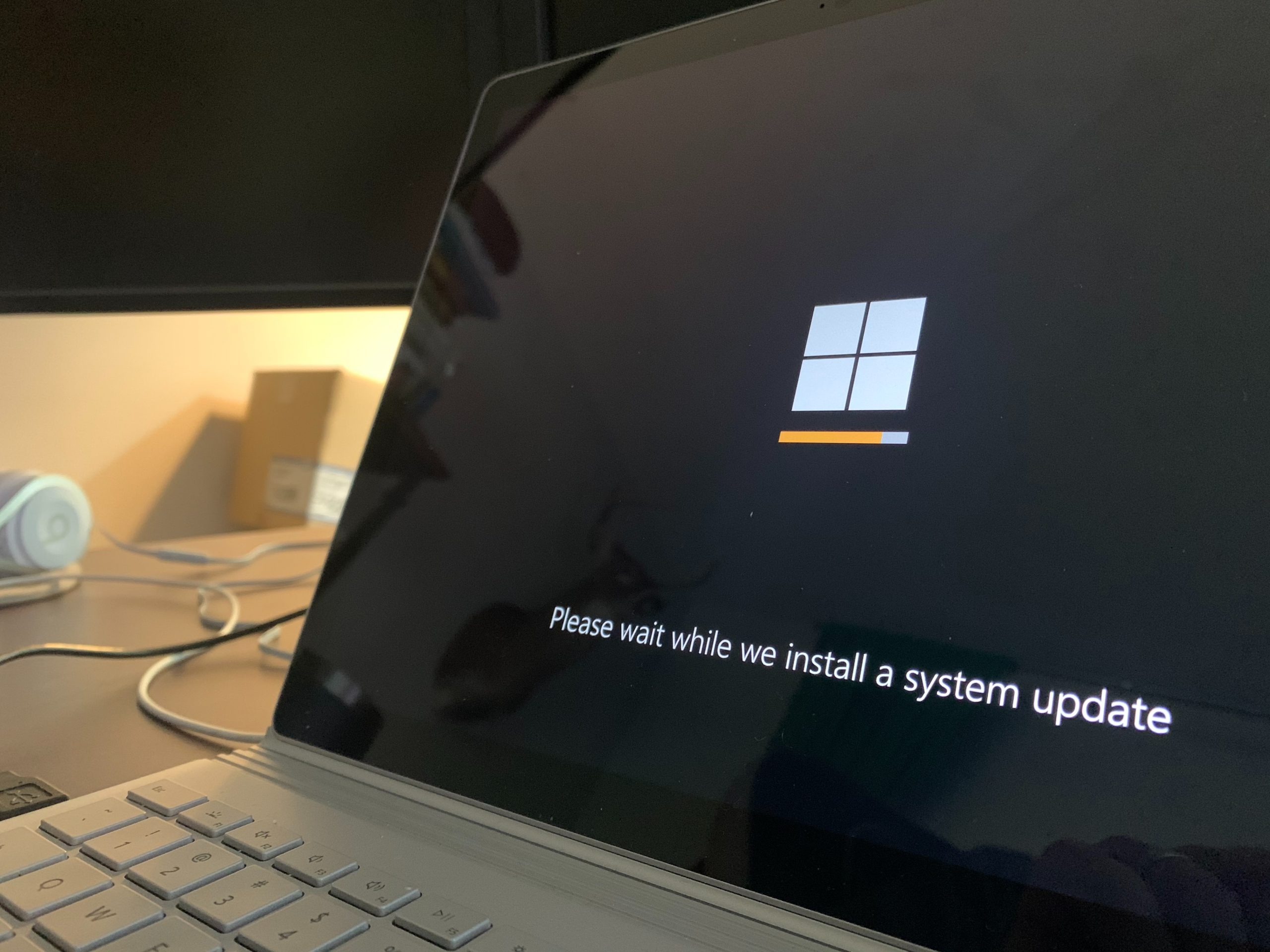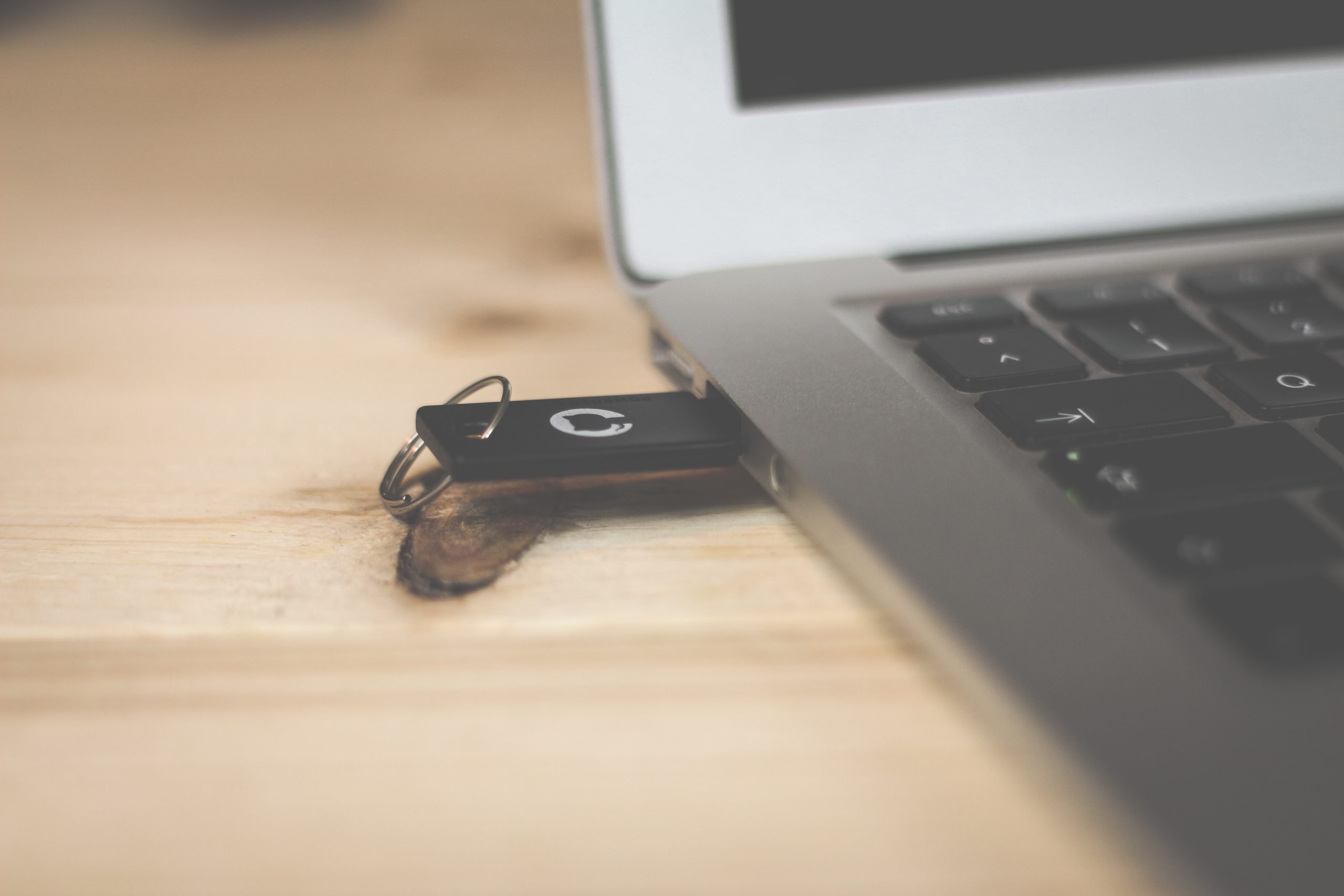Have you ever found yourself stuck with an old PC that just won’t support the latest versions of Windows? Don’t throw it away just yet! With the help of Rufus, a powerful and user-friendly tool, you can breathe new life into your outdated hardware by creating a bootable USB for Windows 10. Say goodbye to compatibility issues and hello to seamless installation – our comprehensive guide will walk you through each step, ensuring that even those unfamiliar with technical jargon can successfully navigate this process. Get ready to unlock the full potential of your legacy device and experience all the benefits that come with running Windows 10!
Why legacy bootable USBs are important
Legacy bootable USBs are an essential tool for both tech enthusiasts and everyday users. While newer computers often support UEFI boot mode, there are still many older machines that rely on the legacy BIOS system. By creating a legacy bootable USB, you can effectively bypass compatibility issues and install or repair Windows 10 on these older devices. This saves time and frustration, as it eliminates the need to search for outdated installation media or purchase new hardware.
Additionally, legacy bootable USBs offer flexibility and convenience in various situations. They allow you to carry your operating system with you wherever you go, making it easy to switch between different computers without worrying about compatibility issues. Whether you’re a student who needs access to specific software or a professional who frequently works on client projects, having a legacy bootable USB ensures that you always have your preferred operating system at hand.
Moreover, using Rufus to create a legacy bootable USB is simple and efficient. With its user-friendly interface and wide range of customization options, Rufus allows users to easily create reliable installation media even if they don’t possess advanced technical knowledge. It supports various file systems including FAT32 and NTFS, ensuring broad compatibility with different devices. Overall, having the capability to make a legacy bootable USB opens up new possibilities for users by expanding their access to Windows 10 even on older machines.

What is Rufus and why use it
Rufus is a powerful and popular tool used for creating bootable USB drives. With its simple and user-friendly interface, Rufus has become the go-to choice for many people who need to install or repair operating systems on their computers. But what sets Rufus apart from other similar tools?
One of the key reasons to use Rufus is its compatibility with various operating systems and file formats. Whether you need to create a bootable USB for Windows, Linux, or any other operating system, Rufus can handle it all. Furthermore, it supports different file systems like FAT32, NTFS, exFAT, and UDF. This flexibility ensures that Rufus can be the solution for all your bootable USB needs.
Another significant advantage of using Rufus lies in its speed and efficiency. Unlike some other tools that may take hours to create a bootable drive, Rufus completes the process in a matter of minutes. Its fast execution makes it incredibly convenient when you’re pressed for time or eager to get back up and running with your new installation.
Overall, choosing Rufus as your go-to tool for creating bootable USB drives proves to be a wise decision due to its versatility and efficiency. Whether you’re an IT professional dealing with multiple operating systems or an individual looking for an easy way to set up a new computer or repair an existing one, trust Rufus to simplify the process and deliver excellent results in no time at all.
Step-by-step guide to making a legacy bootable USB with Rufus
Have you ever needed to create a legacy bootable USB with Rufus? If so, you’re in the right place! In this step-by-step guide, we will walk you through the process of making a legacy bootable USB using Rufus.
Firstly, download and install Rufus from their official website. Once installed, open Rufus and insert your USB drive into your computer. Next, select the appropriate device under Device in Rufus.
After selecting the correct device, choose the partition scheme as MBR and file system as FAT32. Then click on the disk icon next to Boot Selection to browse and select the ISO image file that you want to make bootable. Lastly, simply hit Start and wait for Rufus to create your legacy bootable USB!
Now that you have successfully made a legacy bootable USB using Rufus, you can use it to install or repair Windows 10 on any compatible device. This step-by-step guide should help simplify the process and ensure that you have all the necessary tools at your disposal. Happy computing!

Troubleshooting common issues
Troubleshooting common issues while making a legacy bootable USB using Rufus can save you a tremendous amount of time and frustration. One prevalent issue that users often encounter is the USB drive not being recognized by the computer’s BIOS. This problem can arise from various reasons, such as compatibility issues or faulty hardware. To troubleshoot this, try plugging the USB into different ports on your computer, ensuring that it is properly connected. If the issue persists, double-check that your USB drive is formatted correctly and that Rufus is set to create a bootable device.
Another common problem when creating a legacy bootable USB Windows 10 using Rufus is encountering errors during the process. These errors can range from file system errors to compatibility issues between Rufus and your specific hardware setup. To address this, it’s helpful to update both Rufus and your motherboard firmware to their latest versions. Additionally, ensure that you have downloaded the correct Windows 10 ISO file from Microsoft’s official website, as using an incorrect or corrupted file can lead to errors during the bootable creation process.
By troubleshooting these common issues proactively, you can streamline the process of making a legacy bootable USB Windows 10 using Rufus and avoid unnecessary setbacks in getting your system up and running smoothly. Remember to always double-check compatibility between software (such as Rufus) and hardware components like your USB drives or motherboard firmware for seamless results.
Additional tips and recommendations for success
When it comes to creating a legacy bootable USB for Windows 10 using Rufus, there are a few additional tips and recommendations that can help ensure success. Firstly, it is important to choose the right USB drive. Opt for one with ample storage space and faster read/write speeds, as this will make the process smoother and quicker.
Next, before starting the process, ensure that you have a stable internet connection. Rufus requires internet access to download the necessary files and create the bootable USB. Additionally, make sure that you have downloaded the Windows 10 ISO file from a trusted source beforehand.
Another tip is to double-check all your settings in Rufus before clicking on Start. Choosing the correct partition scheme (MBR or GPT) based on your system’s requirements is crucial. It’s also worth mentioning that choosing NTFS as the file system will allow for larger file transfers.
Lastly, during the installation process of Windows 10 using your newly created bootable USB, be sure to follow all prompts carefully and enter any required information accurately. This will minimize any potential errors or complications along the way. By following these additional tips and recommendations, you can increase your chances of successfully creating a legacy bootable USB for Windows 10 using Rufus.

Conclusion: Enjoy the benefits of legacy bootable USBs
In conclusion, legacy bootable USBs offer a multitude of benefits for Windows 10 users. Firstly, they provide a convenient way to install or repair the operating system on older devices that do not support UEFI boot mode. This is especially useful for individuals who have older computers or want to repurpose their existing hardware without investing in new equipment. By creating a legacy bootable USB using Rufus, users can ensure compatibility and easily carry their Windows 10 setup wherever they go.
Additionally, legacy bootable USBs are also helpful in situations where UEFI mode may cause issues with certain hardware or software configurations. For example, some specialized software tools or device drivers may only work properly when booted from a legacy BIOS environment. In such cases, having a legacy bootable USB becomes indispensable to successfully complete tasks that require specific software environments.
Moreover, one must not overlook the flexibility and versatility offered by legacy bootable USBs. Unlike traditional installation media like DVDs or CDs, USB drives can be quickly updated with the latest version of Windows 10 without any hassle. This means that users can always have access to the most up-to-date features and improvements provided by Microsoft. Additionally, if any errors or setbacks occur during installation or troubleshooting processes, having a portable Windows 10 setup on a USB ensures troubleshooting is easier and more efficient than ever before.
